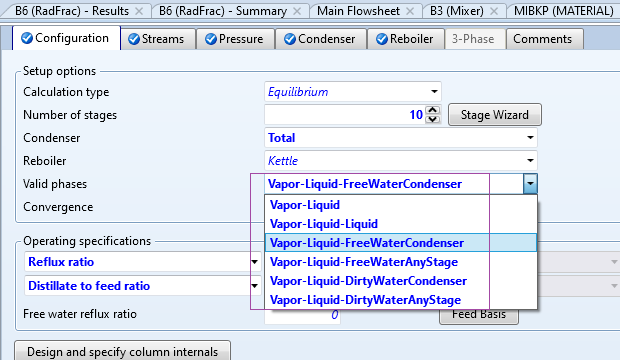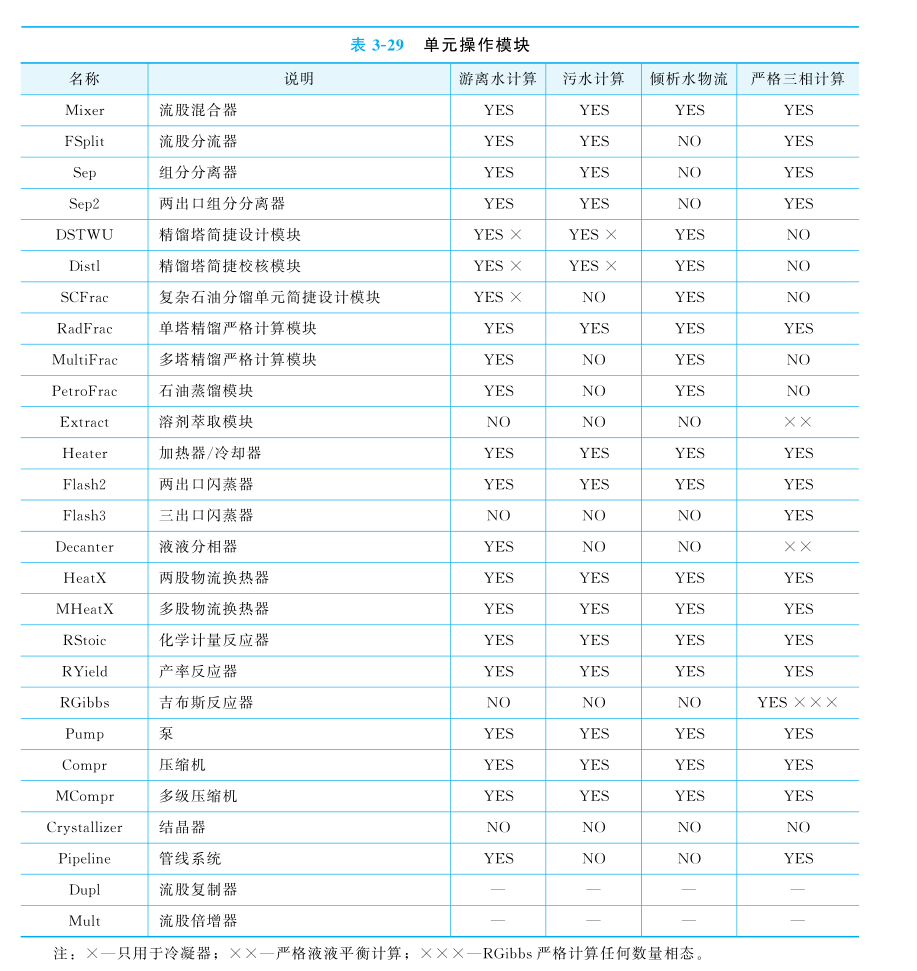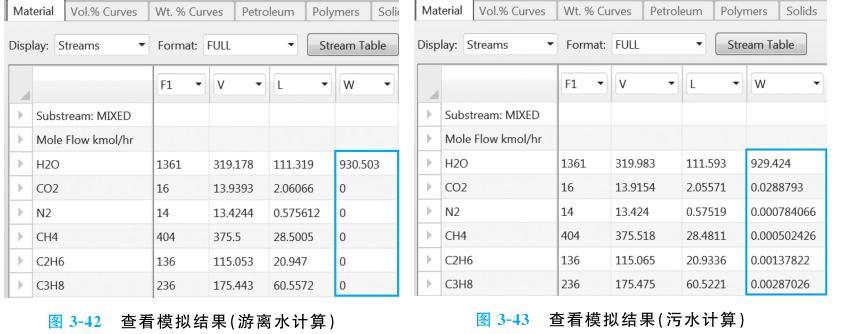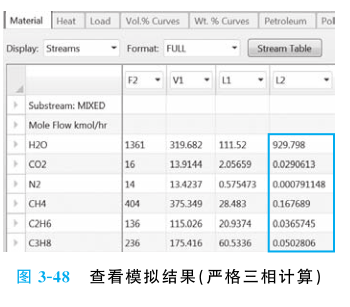ASPEN 学习笔记 6 :游离水,污水和严格三相计算
Free-water 游离水-假设组成就只有水
Dirty-Water 假设水是主要组分,但还有其他组分,
Rigorous 3-phases 严格三相计算,不需要对两个液相做假设 。 它会采用主要的物性方法对两个液相中所有组分都做平衡常数K的计算。此外,第二个液相不一定要是水溶液。但是如果第二个液相是水溶液,有机物的溶解度会被严格计算,为了额能得到正确的三相结果,用户必须要恰当的二元作用系数。
二元参数的查看和修正

游离水计算涉及计算水在有机相中溶解度的特殊方法和是否存在纯水相的测试,游离水
计算比严格三相计算速度快,并且需要的物性数据少。与游离水计算类似,污水计算也包括
用于计算水在有机相中溶解度的特殊方法。除此之外,上述特殊方法也用于计算有机物在水
相中的溶解度。
对于烃水体系,水相中烃的溶解度一般可忽略,通常游离水计算就足够。但是对于水相
中烃溶解度非常重要的应用,如在环境研究中,应使用污水或者严格三相计算。对于化学体
系,如富含水的醇,水相中有机物的溶解量大,游离水和污水计算均不适用,需要进行严格
三相计算。
根据ASPEN 官方如下说明;
Requesting Free Water Calculations
Aspen Plus can handle the presence and decanting of water as a second liquid phase in water-hydrocarbon systems. Free-water calculations:
- Assume the water phase is pure
- Use special methods for calculating the solubility of water in the organic phase
Aspen Plus can also use the dirty water approximation, using the Hydrocarbon Solubility model to estimate the small solubility of hydrocarbon components in the otherwise pure liquid phase.
To request free-water or dirty-water calculations globally:
- In the navigation pane, click Setup.
- Select the Global sheet.
- Select Yes or Dirty water in the Free Water field.
You can override the global setting locally, at the individual block or stream level, using the Valid Phases box to select Vapor-Liquid-Free Water or Vapor-Liquid-Dirty Water.
选择游离水时,有机相在水中的溶解度要采用特别方法计算
选择污水时,采用碳氢溶解模型来估算水中的碳氢溶解度
在Setup-Global 中可以选择Dirty-water 污水或者时Free water- 游离水;此外还有可以在具体的block中,在valid phases 中选择 Vapor-Liquid-Free water 或者是Vapor-Liquid-Dirty Water,参考前面在RadFrac中的设定


摘录教程中的结果做个对比

